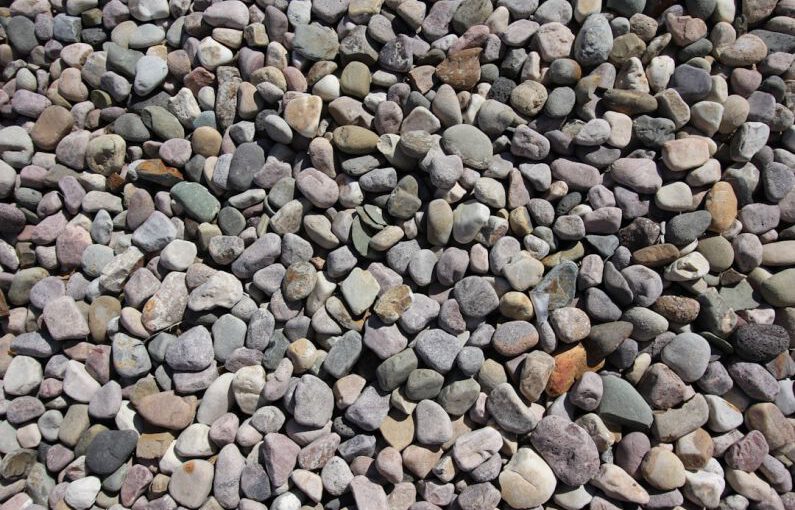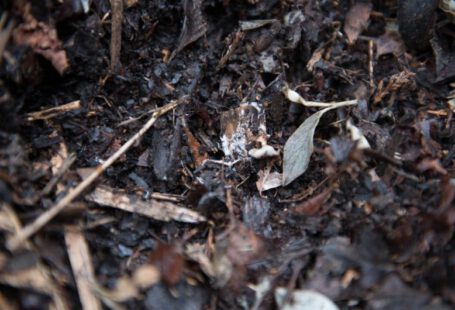Creating a beautiful garden that thrives in arid conditions can be a challenging yet rewarding endeavor. Xeriscaping, a landscaping approach that focuses on water conservation and utilizing drought-resistant plants, is the key to achieving a stunning, sustainable garden that requires minimal water. By implementing the principles of xeriscaping, you can create a vibrant outdoor space that not only survives but thrives in water-scarce environments.
Understanding Xeriscaping
Xeriscaping is a landscaping technique that originated in arid regions and has gained popularity in areas facing water shortages. The term “xeriscape” is derived from the Greek word “xeros,” meaning dry, and landscaping. The main goal of xeriscaping is to create a water-efficient garden that reduces the need for irrigation and maintenance while still providing an aesthetically pleasing outdoor space.
Selecting Drought-Resistant Plants
One of the fundamental principles of xeriscaping is choosing plants that are well-suited to arid conditions. Drought-resistant plants, also known as xerophytes, have adapted to thrive in low-water environments. These plants are typically native to dry regions and require minimal irrigation once established. Examples of drought-resistant plants include succulents, cacti, ornamental grasses, and Mediterranean herbs. By incorporating these plants into your garden, you can reduce water consumption and create a sustainable landscape that is both beautiful and environmentally friendly.
Grouping Plants Based on Water Needs
Another essential principle of xeriscaping is grouping plants with similar water requirements together. By organizing your garden into hydrozones, or areas with similar watering needs, you can efficiently manage water usage and ensure that each plant receives the appropriate amount of moisture. Grouping drought-resistant plants with low-water needs together can help you avoid overwatering and promote the overall health of your garden. Conversely, grouping plants with higher water requirements in separate zones allows you to provide targeted irrigation without wasting water on plants that do not need it.
Improving Soil Quality
In xeriscaping, soil quality plays a crucial role in the health and vitality of your plants. Well-draining soil is essential for drought-resistant plants, as it helps prevent waterlogging and root rot. Amending your soil with organic matter, such as compost or mulch, can improve its structure and water retention capacity. Additionally, incorporating drought-tolerant plants that are adapted to your soil type can help reduce the need for supplemental watering and promote a thriving garden ecosystem.
Mulching and Weed Control
Mulching is a key practice in xeriscaping that helps conserve moisture, suppress weeds, and regulate soil temperature. Organic mulches, such as bark chips, straw, or leaves, can help retain soil moisture and reduce evaporation, allowing your plants to thrive with less water. Mulching also helps control weeds, which compete with your plants for water and nutrients. By applying a thick layer of mulch around your plants, you can minimize weed growth and create a more sustainable garden environment.
Efficient Irrigation Techniques
Water conservation is at the heart of xeriscaping, and implementing efficient irrigation techniques is essential to maintaining a water-wise garden. Drip irrigation systems, soaker hoses, and rainwater harvesting are all effective methods of delivering water directly to the root zones of your plants while minimizing water waste. By watering your garden during the early morning or late evening hours, you can reduce evaporation and ensure that your plants receive the maximum benefit from each drop of water.
Embracing Xeriscaping for a Sustainable Future
Xeriscaping offers a practical and environmentally friendly approach to landscaping that can help conserve water, reduce maintenance, and create a vibrant outdoor oasis. By incorporating the principles of xeriscaping into your garden design, you can enjoy a beautiful and sustainable landscape that thrives in arid conditions. With careful plant selection, efficient irrigation techniques, and soil improvements, you can create a drought-resistant garden that is both visually stunning and ecologically responsible. Embrace xeriscaping as a way to create a sustainable future for your garden and the planet.





